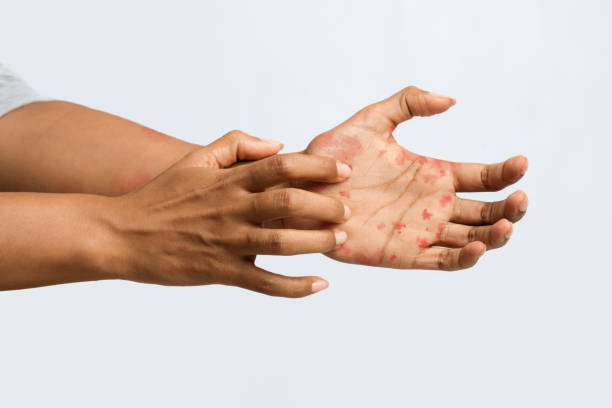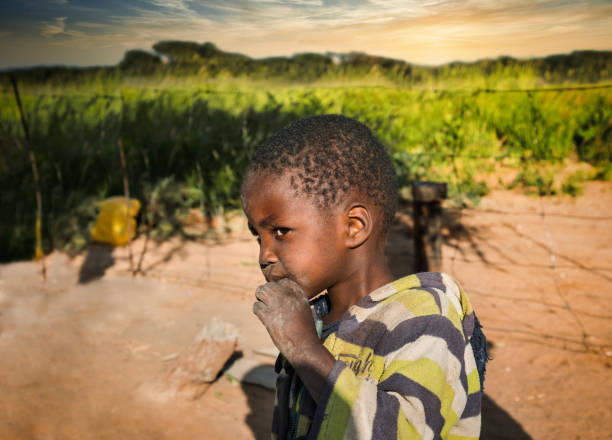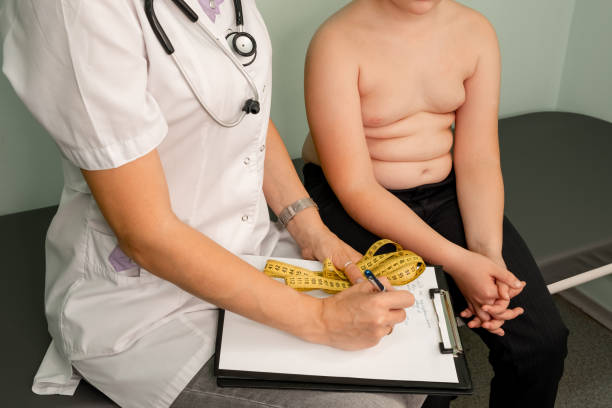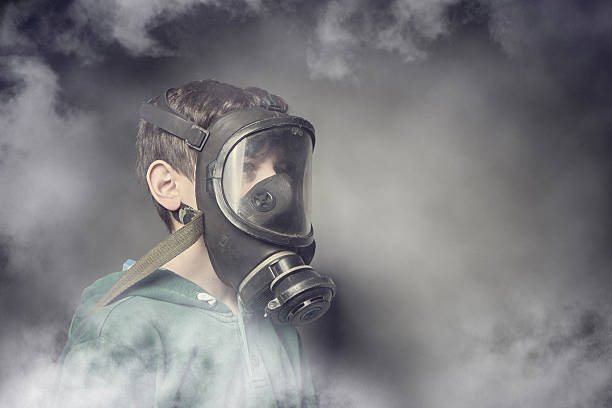By Morgan Nwanguma
According to experts, hand, foot and mouth disease refers to a mild, contagious viral infection common in young children and characterized by sores in the mouth and a rash on the hands and feet.
The disease which is mostly caused by a group of enteroviruses such as coxsackievirus primarily affects children younger than age 10, often those under 5 years.
Children in child care centres are especially susceptible to outbreaks of hand-foot-and-mouth disease because the infection spreads by person-to-person contact, and young children are the most susceptible.
There’s no specific treatment for hand-foot-and-mouth disease. Many small and large outbreaks associated with the disease have been reported throughout the world since the early 1970s.
Symptoms
Hand-foot-and-mouth disease may cause all of the following signs and symptoms or just some of them according to Mayo Clinic. They include:
- Fever
- Sore throat
- Feeling unwell
- Painful, red, blister-like lesions on the tongue, gums and inside of the cheeks
- A red rash, without itching but sometimes with blistering, on the palms, soles and sometimes the buttocks
- Irritability in infants and toddlers
- Loss of appetite
The usual period from initial infection to the onset of signs and symptoms (incubation period) is three to six days. A fever is often the first sign of hand-foot-and-mouth disease, followed by a sore throat and sometimes a poor appetite and feeling unwell.
One or two days after the fever begins, painful sores may develop in the front of the mouth or throat. A rash on the hands and feet and possibly on the buttocks can follow within one or two days.
Causes
The most common cause of hand-foot-and-mouth disease is infection with the coxsackievirus A16. The coxsackievirus belongs to a group of viruses called nonpolio enteroviruses. Other types of enteroviruses sometimes cause hand-foot-and-mouth disease.
Oral ingestion is the main source of coxsackievirus infection and hand-foot-and-mouth disease. The illness spreads by person-to-person contact with an infected person’s:
- Nasal secretions or throat discharge
- Saliva
- Fluid from blisters
- Stool
- Respiratory droplets sprayed into the air after a cough or sneeze
Complications
The most common complication of hand-foot-and-mouth disease is dehydration. The illness can cause sores in the mouth and throat, making swallowing painful and difficult.
Watch closely to make sure your child frequently sips fluid during the course of the illness. If dehydration is severe, intravenous (IV) fluids may be necessary.
Hand-foot-and-mouth disease is usually a minor illness causing only a few days of fever and relatively mild signs and symptoms. A rare and sometimes serious form of the coxsackievirus can involve the brain and cause other complications:
- Viral meningitis. This is a rare infection and inflammation of the membranes (meninges) and cerebrospinal fluid surrounding the brain and spinal cord.
- Encephalitis. This severe and potentially life-threatening disease involves brain inflammation caused by a virus. Encephalitis is rare.
Prevention
Certain precautions can help to reduce the risk of infection with hand-foot-and-mouth disease:
- Wash hands carefully. Wash your hands frequently and thoroughly, especially after using the toilet or changing a diaper and before preparing food and eating. When soap and water aren’t available, use hand wipes or gels treated with germ-killing alcohol.
- Disinfect common areas. Get in the habit of cleaning high-traffic areas and surfaces first with soap and water, then with a diluted solution of chlorine bleach and water. Child care centers should follow a strict schedule of cleaning and disinfecting all common areas, including shared items such as toys, as the virus can live on these objects for days. Clean your baby’s pacifiers often.
- Teach good hygiene. Show your children how to practice good hygiene and how to keep themselves clean. Explain to them why it’s best not to put their fingers, hands or any other objects in their mouths.
- Isolate contagious people. Because hand-foot-and-mouth disease is highly contagious, people with the illness should limit their exposure to others while they have active signs and symptoms. Keep children with hand-foot-and-mouth disease out of child care or school until fever is gone and mouth sores have healed. If you have the illness, stay home from work.
When to see a doctor
Hand, foot, and mouth disease is usually a minor illness causing only a few days of fever and relatively mild signs and symptoms. Contact your doctor if mouth sores or a sore throat keep your child from drinking fluids. And contact your doctor if after a few days, your child’s signs and symptoms worsen.





